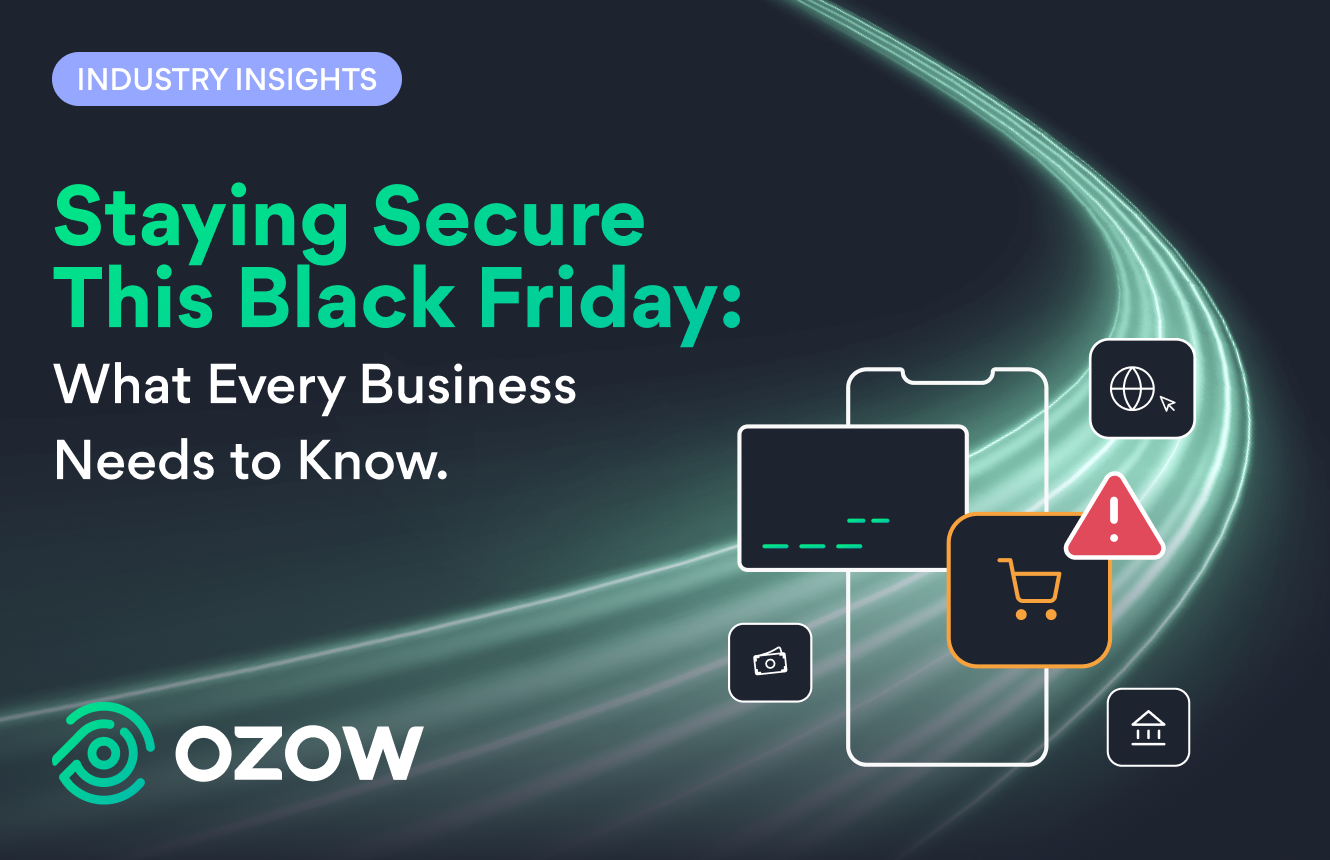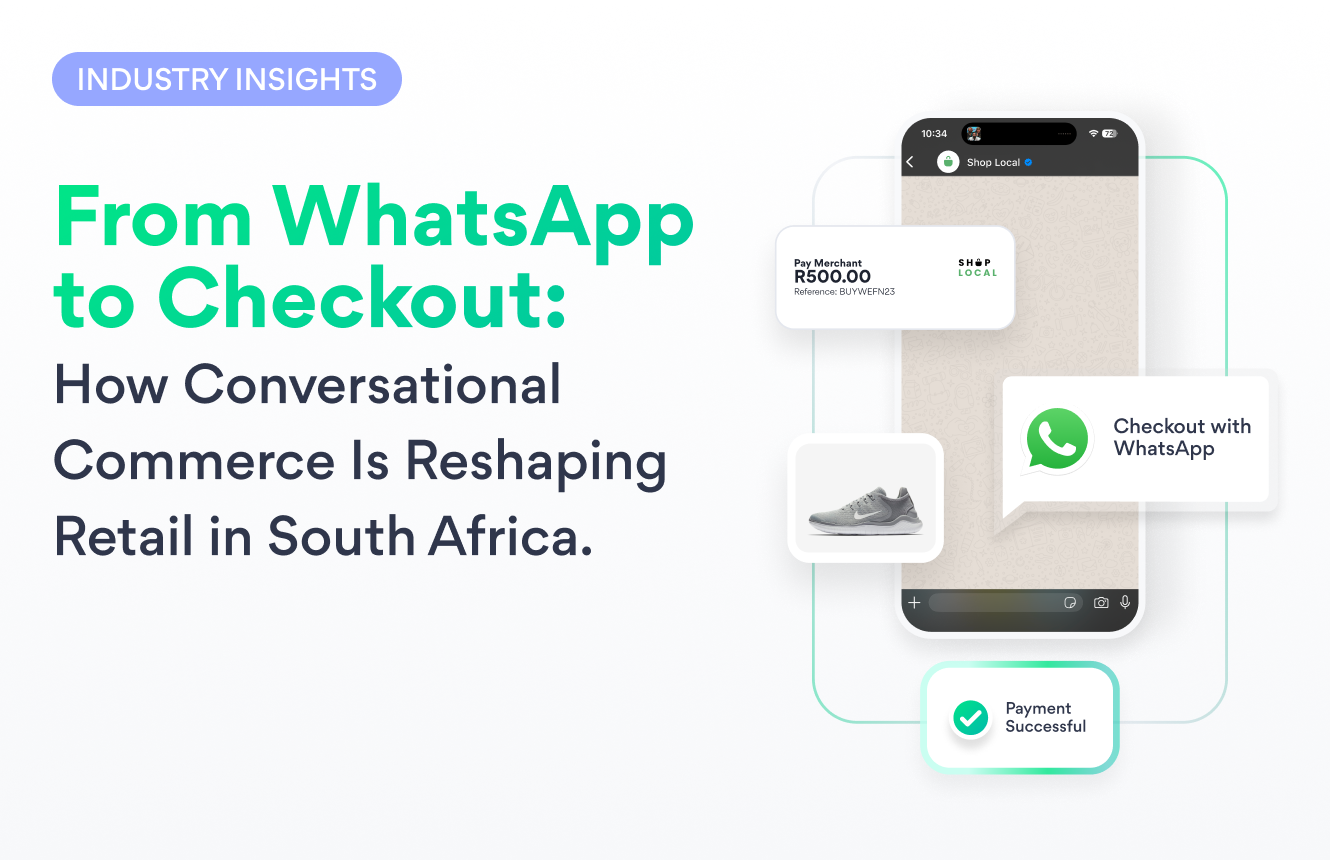
Search Engine Optimization (SEO) is the process of improving the quality and quantity of website traffic to a website or a web page from search engines. But what does this really mean for a business? Well, if a consumer or potential user doesn’t find a business on the first page of a search engine, they’ll more than likely search for something else, and the business might lose a potential client. In fact, the first page of Google captures 71% of search clicks and less than 10% of people will move past page one. Thus, ranking on the first page not only leads to more visitors, and better ROI, but also brand credibility and trust.
These two factors are especially important in the FinTech sector as we deal with, and have access to, customer’s sensitive information and financial data, while also handling their hard-earned money. And with payment fraud attack rates on the rise, it makes it even more difficult for a consumer to trust a business these days. That’s where SEO comes in.
Featuring on the first page means more customers are engaging with your site and in turn using your product or service. By using the correct keywords and ensuring our business appears on the first page of a search engine, from the moment customers first encounter us, they know they can trust us and the services we provide.
My advice on how to use SEO to your advantage
The theory behind the SEO process is the same regardless of the industry - everyone should build a quality, SEO-optimized website, create engaging content and always keep the website up to date. But in the FinTech space there are a few unique things to consider. Here are my thoughts on how you can best use the tools at your disposal.
Google has an algorithm and set of ‘ranking factors’ which are used to determine which web pages should be shown for specific terms or keywords.
To ensure your site ranks well in the algorithm there are a few key elements to consider when creating content and optimising your website. Knowing how and why Google prefers ranking certain websites above others is essential to SEO.
YMYL: Your Money or Your Life
The first of these to consider is that of content which is concerned with ‘Your Money or Your Life'. FinTech falls under this category as we deal with people’s money and financial information. Google first introduced YMYL in 2015 and it is a key element in their ranking system. But what is it really? Well, the search engine looks at the quality of the content, placing those that are essential to either money or health over other sites or content unrelated to the lives of humans. To break this down even further take this example. The internet is home to all sorts of content ranging from recipes to educational financial articles. You wouldn’t be able to learn how to pay your taxes or make a fast online payment from a cooking recipe so this is what Google’s ranking system and algorithms constantly do: prioritise one piece of content over another based on its relevance.
“As such, where our algorithms detect that a user’s query relates to a “YMYL” topic, we will give more weight in our ranking systems to factors like our understanding of the authoritativeness, expertise, or trustworthiness of the pages we present in response.” - an excerpt from Google’s Quality Raters’ Guidelines.
This is just one of the many things to consider when optimising your site. By positioning your content under the YMYL category your SEO ranking places higher than those that are not YMYL. There is also another well-established method for improving your SEO ranking which is to enforce E-A-Ton your content.
Make your website E-A-T
E-A-T in SEO means Expertise, Authority, and Trustworthiness, or Page Quality of website content. Google uses E-A-T as a form of litmus test to fight the spread of disinformation. This is especially important for you if your site is ranked as YMYL.
The algorithm basically looks at these three factors when determining the quality of content, then categorises it as either having high E-A-T or low E-A-T.
High E-A-T is content considered to be of good quality and quantity coupled with helpful or descriptive titles. Content is further classified as E-A-T when there is someone who is responsible for the information provided on the website such as an ‘expert’ author. This provides a reputable reason for Google to trust and hold someone responsible for the content.
Low E-A-T is content that lacks knowledge and expert opinions from reputable authors. This would be like a filmographer writing an article on skin cancer. Another would be content being untrustworthy such as a shopping checkout with an insecure connection or content in YMYL that is misleading or incorrect.
The above all effect the overall trustworthiness, authority, and expertise of your website. Further adding to the Google algorithm, E-A-T is essentially another layer of protection for the end user.
Recently, E-A-T has been placed under more scrutiny as people are much more sensitive to misleading or fake content now than ever before. But don’t worry because there are several quick and easy things that can be done to improve the E-A-T of your website and make better YMYL content: (Use the below graph)

Content & Website Structure
· Website having an SSL certificate
· Keeping the website up to date
· Clear “About Us”& “Contact Us” pages in your website navigations.
· Keeping content up to date with visible dates on your blog
· Require legitimate review
· Maintaining a good reputation on the internet
· Focusing on B2B instead of B2C customers
· Including that you are PCI (Payment Card Industry) compliant
· Secure data
· Having clear links to policies and compliance documents
A key thing to remember here is that you need to instil trust in the user. So, think about when you’re on a website and know it’s legitimate, also think about the things that make you feel secure, then apply that to your website.
The “I Want to” Micro Moments
Taking ‘content and website structure’ into consideration, you also must make sure to prepare content around the below four key micro-moments. This is essentially how you should break down website content into relevant categories. Think about the end user and how they will interact with your company and by extension, your website.

Finally, how to get your content out there. There are four different channels at your disposal, and depending on what content you want to push, this will determine the channel you pick. You need to weigh up the importance and relevance of the content and determine whether it’s worth spending money on promoting it on paid media. For example, a blog post wouldn’t justify going down the paid route, whereas a product, or information on a new product, would. Choosing whether to push the content to the audience via owned, earned, and paid channels will get you to hit the sweet spot of trustworthy, engaging content that will help your consumers trust and engage with your brand.

In conclusion, building the organic presence of your website is more than just an investment. It’s a window to share your expertise, authority, and trust with your industry and your consumers. Organic traffic is a proven method for rowing a brand, and with a niche SEM and SEO strategy you can look forward to search results with long-lasting effects, consistent growth and leads, more visitors at an affordable rate with great ROI, all while providing brand credibility for your business.
Citations
-
Chris Vermaak, Head of Digital Marketing








